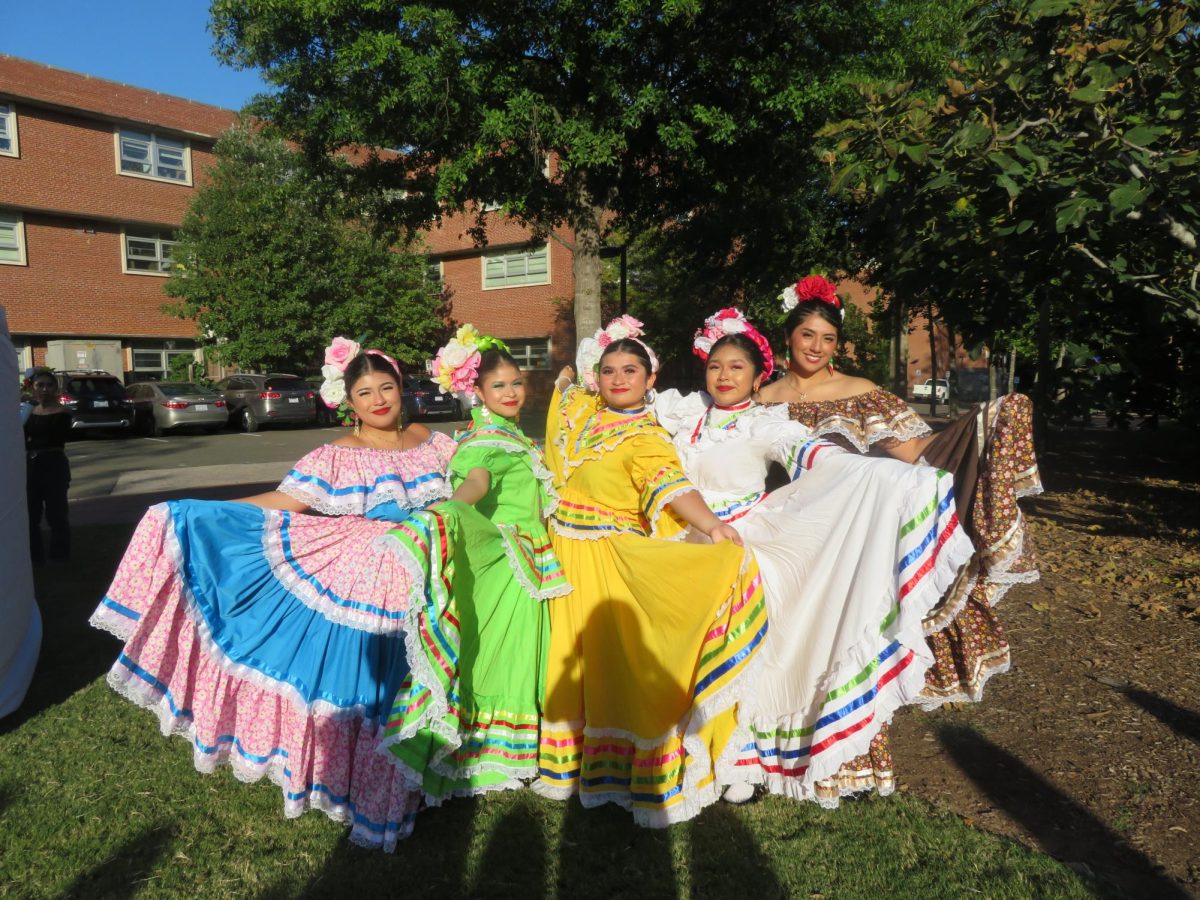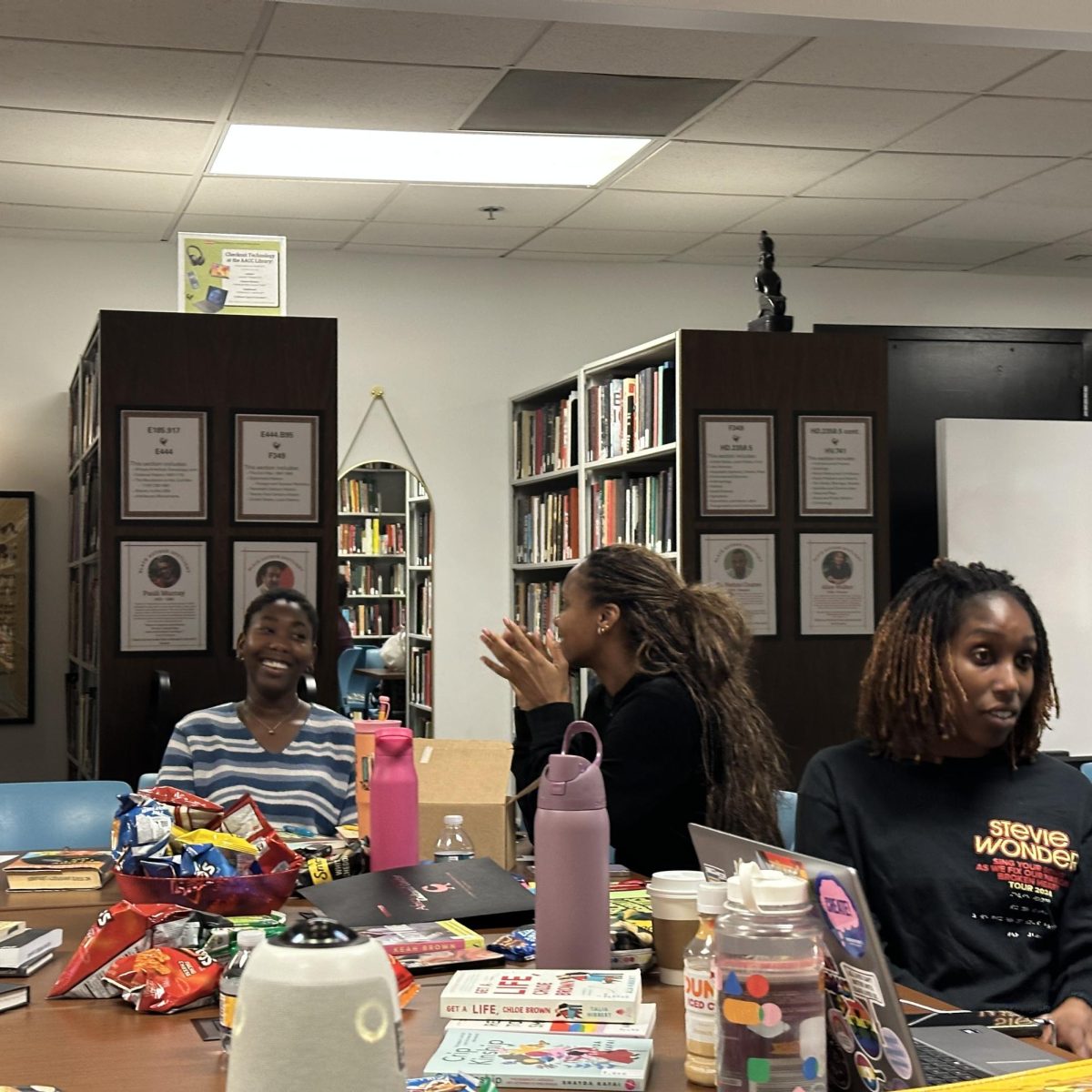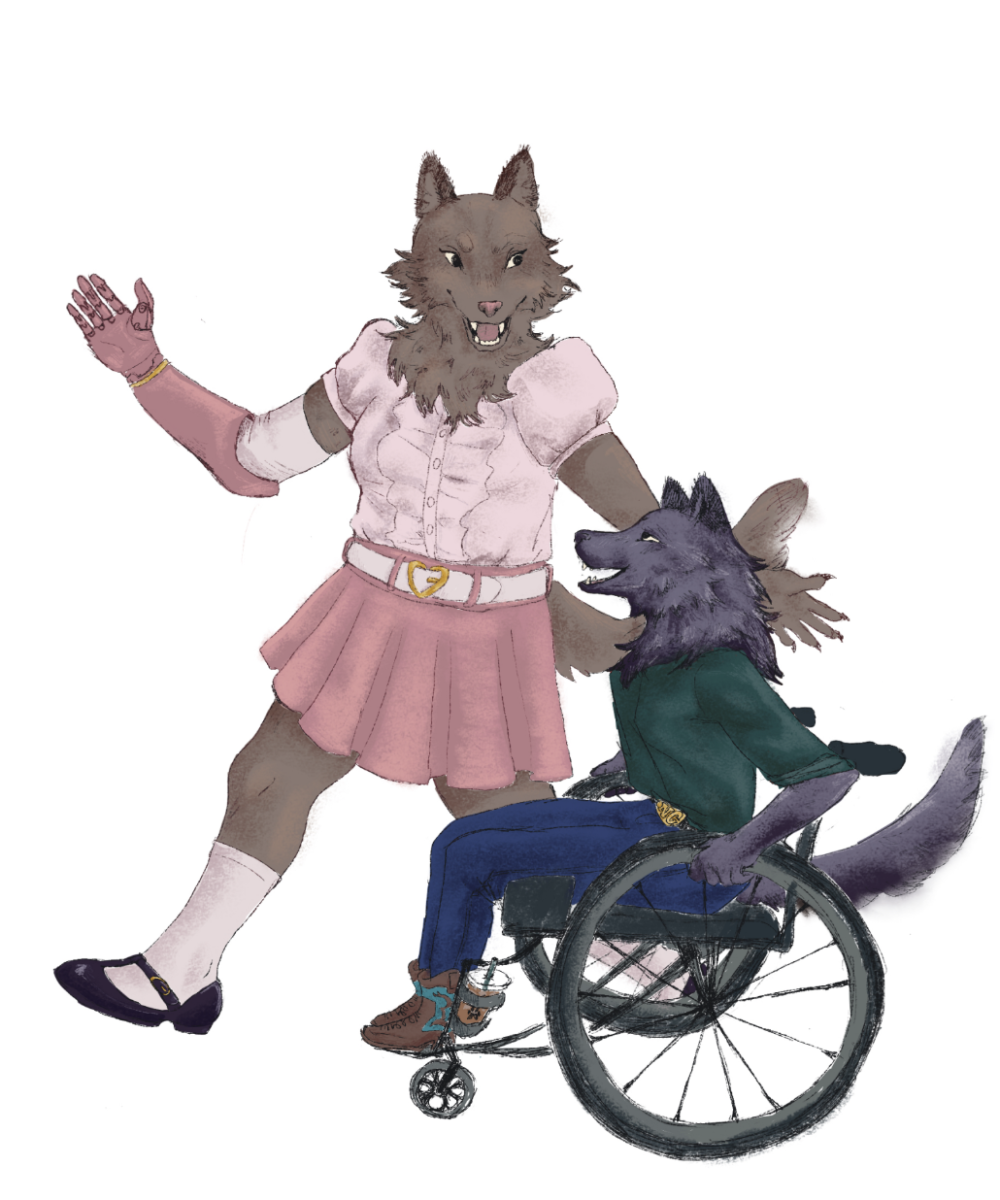The Disney film “Song of the South,” had its theatrical release in 1946, during a renaissance in animation creation. In March, 1948, the 20th Academy Awards gave the actor James Baskett, who played Uncle Remus, an Oscar for his performance in “Song of the South.”
The film won numerous Oscars and awards, due to its groundbreaking use of new animation techniques. Flash forward to 1986, the film was rereleased, reviving its faded popularity.
This rerelease led to the idea of constructing a ride based on the film’s animated sequence. The ride first opened in the original Disneyland park located in Orlando, Florida. Splash Mountain officially cut the grand-opening ribbon on July 17, 1989. By 1992, two more Splash Mountain rides opened in Walt Disneyland and
Tokyo Disneyland.
Since 2020 there has been a plan to revamp Disney’s historically racist popular ride known as Splash Mountain. In the summer of that year, a petition went around through the platform Change.org. The petition called upon the leaders of Disney to address the ignorance of maintaining the theme of the previous ride. By 2022 there were many rumors in circulation describing future changes to the park, but no formal plans were set in stone. Then in an interview on “LIVE with Kelly and Ryan Show,” Anika Noni Rose, who voices Princess Tiana, confirmed the ride will be completed by 2024.
African American representation within cinema history contains numerous examples of offensive and outwardly wrong images of stereotyping. In an article titled “Toms, C**ns, Mul*ttoes, Mammies, and Bucks. An Interpretive History of Blacks in American Films” the author and American film historian, Donald Bogle, describes the top five most commonly portrayed character types. The use of these tropes laid foundations for continual distortions of the Black image in cinema.
To preface the latter portion of the article Bogle explains the history of misrepresentation within Black cinema. He begins with unpacking the fact that many times in its earliest renditions the actors themselves weren’t even Black. They were normally white males in blackface, giving their interpretations of deeply socialized racial stereotypes of the time.
This led to the first character type known as Uncle Tom. “Uncle Tom’s Cabin,” directed by Edwin S. Porter, was a twelve-minute long motion picture film depicting a middle-aged Black man, however the actor was clearly a middle-aged burly white man in blackface. Poorly executed, Bogle explains “None of the types was meant to do great harm, although at various times individual ones did. All were merely film reproductions of Black stereotypes that had existed since the days of slavery and were already popularized in American life and arts.” and continues “The movies, which catered to public tastes, borrowed profusely from all the other popular art forms. Whenever dealing with Black characters, they simply adapted the old familiar stereotypes, often further distorting them.”
Reflecting an internalized racism that becomes visible and tangible in the media created during that period. The function of the Uncle Tom figure in cinema was to limit autonomy and promote subservience. Bogel describes “Always as toms are chased, harassed, hounded, flogged, enslaved, and insulted, they keep the faith, n’er turn against their white massas, and remain hearty, submissive, stoic, generous, selfless, and oh-so-very kind. Thus they endear themselves to white audiences and emerge as heroes of sorts.”
The Uncle Tom character codifies a passive personality in the face of institutionally organized racism. After the creation of the Uncle Tom figure came the c**n figure. This is normally a character designed for comedic relief. However, the comedy often circulates around the complexion of the character, rather than any display of intellectual humor. The character type of the c**n served as a foil to Uncle Tom; the unrealized punching bag of the white audiences across the United States.
Bogle explains the popularization of two distinct versions of the c**n figure. The first figure was a pickan*nny. Bogel describes this character type as “a harmless, little screwball-creation whose eyes popped, whose hair stood on end with the least excitement, and whose antics were pleasant and diverting,” using descriptions that would fit other subhuman species of beings. The drastic dramatization of the physicalities again emphasize the racial othering by white producers and consumers.
The second c**n figure was Uncle Remus. Bogel describes this figure as “Harmless and congenial, he is a first cousin to the tom, yet he distinguishes himself by his quaint, naïve, and comic philosophiz-ing,” serving a demeaning description of the Black experience. Again, a poorly executed image that promotes African Americans
as intellectually inferior to their white counterparts.
Bogel furthers, “He [the c**n figure] did not come into full flower until the 1930s and 1940s with films such as “The Green Pastures” (1936) and “Song of the South” (1946). Remus’s mirth, like tom’s contentment and the c**n’s antics, has always been used to indicate the Black man’s satisfaction with the system and his place in it.” This represents an individual who stands for a community of people taken advantage of by an institutionalized racist system; essentially, a symbol created to prevent a sense of desire to change. The film industry lays its foundation on this tendency towards projecting white superiority over other racial groups. The creation of these character types are the manifestations of these tendencies.
As Bogel explains, “Song of the South,” was a pivotal film within African American cinematic history because it birthed the Uncle Remus trope. Evidence of racist implications come to light while examining the dynamics between the white and Black characters within the film. There is no direct statement of the time period, but a definite implication of the reconstruction period. Within the film, those presenting as Black are of the lower socioeconomic class and their white counterparts of a higher socioeconomic class. This detail of the film points to an insinuation of a master-slave relationship. The film additionally uses incredibly racist nomenclature, and presents the audience with yet another flawed trope known as the “magical minority figure.”
Currently, it feels like the moment in the film where Tiana, not yet a princess, sang one of the most iconic and motivational songs Disney has ever produced. In “I’m Almost There,” she belts as she sweeps the dust off the vacant remains of a forgotten popular night club. Working diligently to rebuild a new restaurant both metaphorically and literally pioneering a new dawn of representation for African Americans within cinema. Tiana’s character gives the audience a portrayal of a vivaciously young African-American woman capable of making something of herself.
Princess Tiana gives the audience a narrative that is monumentally different from her historical predecessors. As revolutionary as her character is in the representation of the Black experience, is it enough? Are we in fact almost there in equal and fair representation or are we just grazing the surface in a seemingly never ending struggle for change? Disney must proceed with caution as they continue to make content for a global audience and practice mindfulness when creating their next generation of African American representations within film.
Originally Published 2/23/23







